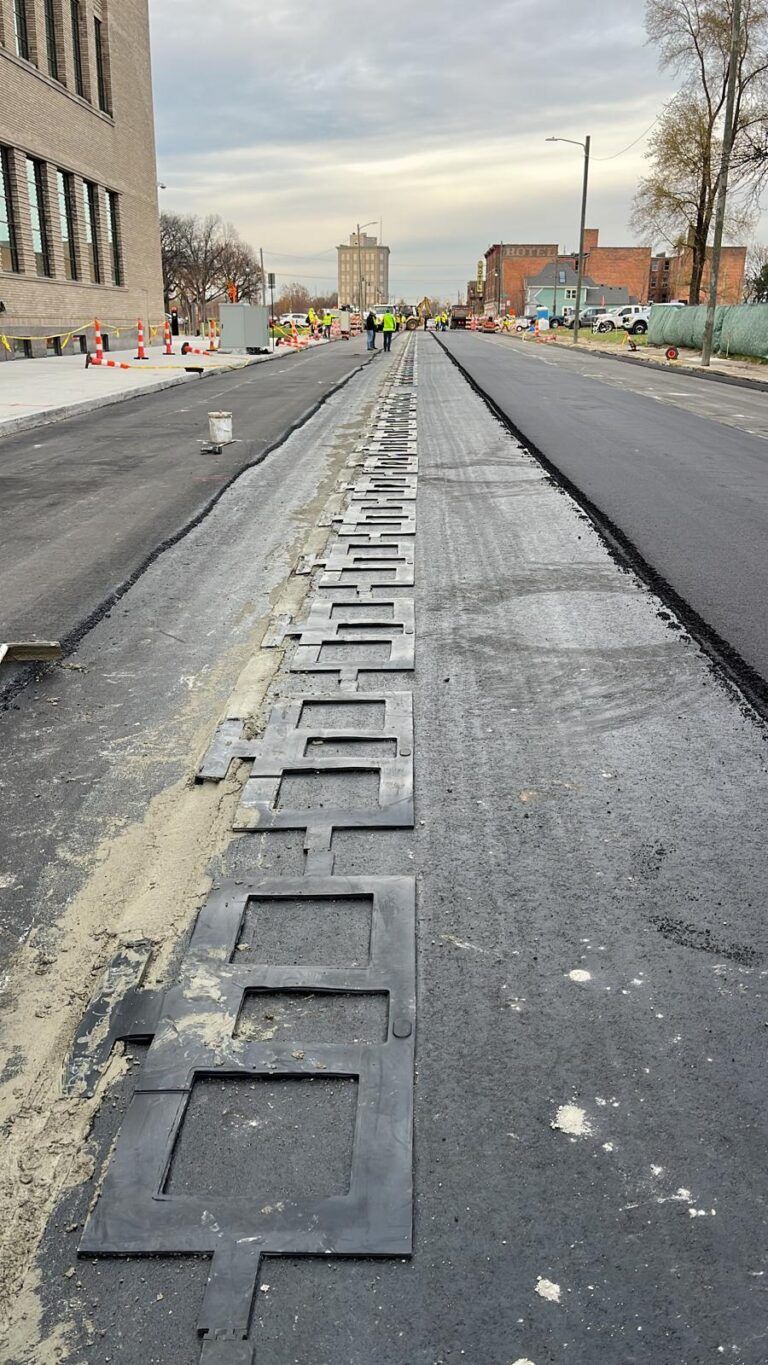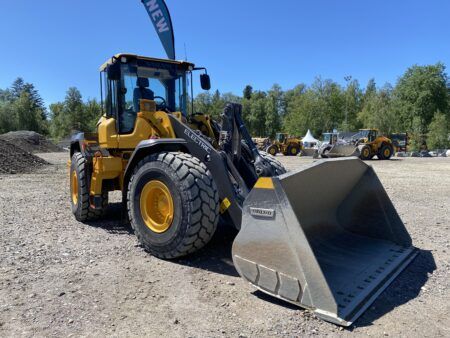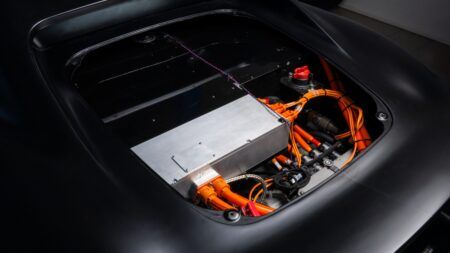Roads that charge vehicles as they drive over them may sound like science fiction, but in some parts of the world such networks already exist, albeit in a limited capacity. EHV looks at the planning, logistics and cost of a technology that would make range anxiety a thing of the past
Drive. Stop. Refuel. Repeat. It’s a pattern ported over from ICE to EVs. We substitute filling-up with plugging-in, and the journey remains the same. But it doesn’t have to be this way. Dynamic Induction Power Transfer (DIPT) is an approach to charging that might just change the way we drive. Induction coils embedded in the road transfer charge through the air by magnetic resonance, the energy is received by a device on the undercarriage even while in motion. It’s the same basic principle as Wireless Power Transfer (WPT) for phones and other devices, but on a massive scale.
It’s an elegant technology that kills range anxiety dead. However, deconstructing and rebuilding roads with embedded coils represents a huge infrastructure investment. Only a handful of manufacturers are currently outfitting vehicles with receivers, but many more are in development. So, will policymakers be convinced DIPT is a necessary investment for the EV transition and sign the checks? And will OEMs one day provide EVs with both plugs and wireless receivers as standard?
True believers and cautious optimists
Sergio Perez, e-mobility business development manager at ENRX, has helped develop and trial electric roadway technology and is a zealous supporter of DIPT. “It’s a beautiful technology,” he says, “Integrating dynamic and static wireless charging into the roads we travel every day is not just about innovation, it’s about creating a sustainable ecosystem that reduces our environmental footprint, conserves scarce resources, and paves the way for a cleaner future.”
A fully DIPT-enabled smart network could enable lighter, more efficient vehicle designs, with smaller batteries and therefore a lower overall cost in monetary and resource terms.
“Dynamic charging is anticipated to significantly influence the overall transition to electric vehicles by addressing the critical issue of range anxiety. Allowing EVs to charge while in motion could reduce the need for frequent stops and large batteries, making electric vehicles more practical for longer distances and heavy-duty use,” says Perez.
Now more commonplace are static charging solutions, of which WiTricity is one of the world’s biggest suppliers. These utilise induction resonance but do not charge while vehicles are in motion and are often installed in taxi ranks, bus stops and private garages. WiTricity have been instrumental in developing the latest SAE J2954 standard for wireless-power-transfer. They’re enthusiastic about the potential of dynamic charging but haven’t taken the plunge yet.
“While WiTricity did some early work in 2017, we are not currently working on dynamic charging,” says WiTricity CMO, Amy Barzdukas. “We need to walk before we can run. We are focused on getting the standard wireless charging capability installed on vehicles from the factory.”
However, many public bodies worldwide have expressed interest in the technology, including Highways England. “In 2018, we announced a feasibility study into dynamically charging electric vehicles as they drive along our network,” said a spokesperson. “This study was put on hold due to a similar project underway in France on a similar style road network.”
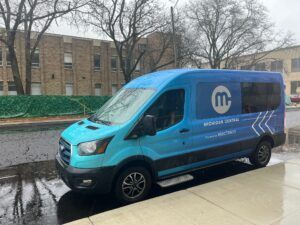 Electric Motor City
Electric Motor City
But it’s in Detroit, Michigan where strong progress has been made. Among the forerunners is Justine Johnson, Chief Mobility Officer for the Michigan Economic Development Corporation based in the Office of Future Mobility and Development. “We have the first wireless EV charging roadway in the nation and that is located in Corktown, 14th street, Detroit,” she says. “This is a true public-private partnership with a number of different entities involved.”
One of those partners is Electreon, which supplied the induction coils embedded in the road. They are one of 60 startups with offices in Detroit Newlab, an innovation hub set-up by Ford and part of a wider regeneration project in the city.
“Electreon are responsible for designing, evaluating, iterating, rolling out the technology,” says Johnson. “There are OEM partners like Ford Motor Company, providing the undercarriage receivers. Utilities are a big partner here – DTE Energy are ensuring that the grid can supply the induction coils.”
The DIPT-enabled section is 400 metres long and located in the mobility innovation district and has been operating in pilot stage on the public road since completion last November.
“What a lot of people are very excited about is that this new charging experience provides more comfort,” says Johnson. “For consumers who are on the fence about whether they should transition to an EV or not, it makes it an even more attractive proposition.”
DIPT is a relatively old technology, the basic research being conducted by visionary electric pioneer, Nikolai Tesla (see side panel). However, its mainstream potential has been bolstered by three main supports in recent years.
The first is the renewed commitment to CO2 reduction and the EV transition overall, which, as more and more drivers adopt EVs makes electric road infrastructure a more viable and useful proposition beyond public transport use cases. The second is the seismic increase in power-transfer efficiency over recent years. The input-output ratio of DIPT used to be 75% but now its competing with plug-in.
“We’ve demonstrated the ability to charge a bus and a Scania truck at speeds of up to 80 km/h, achieving charging rates of 180 kW with an efficiency of over 90%. This was accomplished over a distance of 80 to 100 meters,” says Perez.
The third pillar is public financing. In particular, the Biden administration’s commitment to advances in cutting edge sustainable tech, broader environmental goals, and economic stimulus spending.
“There is an abundance of funding from the federal government,” says Johnson. “They are putting money towards infrastructure to support this type of work and it’s so important. This is also an opportunity for us to bring diverse communities with us on this journey, that they will be able to benefit from this technology, and we want them to be a part of this.”
The cost of progress
$1.9m of public and $4m of private investment went into Detroit’s electric road. Electreon can profit from Charging as Service (CaaS), whereby they receive a revenue-stream for vehicles charged, and hence are willing to cover a portion of the cost.
“We are most excited about the powerful business models that wireless EV charging will unlock,” says a spokesperson from WiTricity. “Certainly, wireless EV charging is more convenient, reliable, and accessible than plug-in. Just as Wi-Fi opened new business models for smartphones and new applications, wireless EV charging can do the same.”
But both municipal/public involvement in organisation and financing is likely to be required soon. This means that policy and budgets largely determine whether DIPT goes ahead.
“New highway construction costs including the inductive ERS (Electric Road System) can range from €6 million to €20 million per kilometre. The ERS is a minor percentage of the total construction cost. Of course, it remains a large one-off investment,” says Perez.
These costs will vary wildly between geographical areas. Whether the investment will pay-off for private investors seeking CaaS revenue will depend on a huge variety of factors such as EV uptake, number of EV’s fitted with receivers, energy prices, competition and how much the road user values the comfort and convenience of charging as they drive.
“We need to realize that the durability of such ERS system is 20 to 30 years with little maintenance costs involved,” says Perez. “Next to that, the potential cost savings that can be achieved through widespread adoption should be considered. Finally, the ERS becomes a selling tool, it will generate revenue by providing energy to the electric vehicles. On this basis, the business case and ROI can be calculated. Inductive charging allows for direct, full-power charging upon contact and involves fewer mechanical components. Therefore, it is more maintenance-friendly, promising a cost-effective solution in the long run.”
This can be especially important for public transport and freight, where lifetime total cost of ownership (TCO) is the bottom line.
“Additional extensive testing on a track with heavy weights successfully validated the charging solution’s robustness under heavy loads, proving its efficacy for heavy-duty applications. These findings underline the potential of dynamic charging technology to cater to various vehicles and conditions, setting the stage for broader application in public and commercial transportation,” says Perez.
 Heavy usage
Heavy usage
Frequent, lighter charging extends the lifetime functionality of the battery, usually the most expensive part of the vehicle to replace. DIPT speeds journey times and a fully-fledged ecosystem would remove the uncertainty of malfunctioning charging stations.
“Imagine heavily used routes for heavy duty fleets, you can start to have a very different dialogue on what your point-to-point looks like on those routes. We can start to think about the economic benefits for consumers, who can freight what they need to on the timeline they’ve identified,” says Justine.
SAE J2954 is the latest standard for wireless charging, ensuring interoperability, safety, comparable to the plug-in SAE J1772 standard. It charges at 3.7kW, 7.7 kW and 11 kW and has an efficiency of about 85% which compares well to plug-in, though falls short of the 94% achieved by top-standard wired charging.
“The SAE J2954 standard is a great enabler for the adoption of wireless charging for private use. As far as public infrastructure, the one item that is missing is position detection. However, that is close to being ratified,” says a WiTricity spokesperson.
All parties have stressed the necessity for co-operation, for networks and alliances. We’re looking at products and infrastructure that require such interdependent confidence and quality communication across a broad range of actors.
“The evolution of electric vehicle charging infrastructure is a collaborative story where success depends on a multifaceted partnership. It’s a tale that sees road owners, energy suppliers, automotive manufacturers, public transportation authorities, and governments coming together to weave a fabric of interconnected systems that can support the dynamic needs of EVs,” says Perez.
It’s hard to imagine a technology more seamless, more comfortable, and more convenient. DIPT maximises the capabilities of the electric vehicle and does something that ICE vehicles cannot and will not do; refuel/recharge while in motion without the driver lifting a finger.
It’s the kernel of a vision: EV’s will not only compete with the convenience of ICE while bringing down carbon emissions, they can, and will, far surpass that ease of use, to no longer seen as the tricky, range-anxiety inducing alternative, but rather the common sense, streamlined, hassle-free option. That’s the potential. Many OEMs today are approaching with cautious interest. But if these pilots show that the technology is working well, why not skip to the higher stage of development?
Fleet Logistics
DiPT increases public bus fleet uptime to higher levels, allowing for reduced vehicle numbers to supply the same capacity and lower staffing costs. Routes can be more flexible, as a central hub charging station does not need to be planned into the route.
Meanwhile, taxi firms in Gothenburg and Manchester are engaging in pilots with static charging in taxi ranks, which may pave the way towards full DIPT by promoting the use of magnetic resonance receivers. At this stage, pre-existing fleets may opt to fit add-on receivers, such as is the case with XC40 Recharge SUV taxis provided by Volvo in Cabonline’s Gothenburg trial, where static charging stations are provided by Inductline.
In the UK, the NHS is interested in converting it’s EV ambulances to run on wireless power transfer, saving money and increasing uptime.
